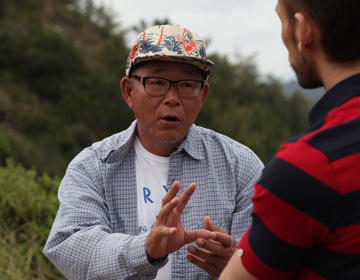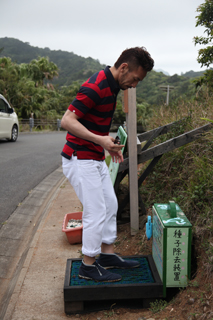 |
Walking Around the Ogasawara Nature Preservation AreaSpecial ward of Tokyo, consisting of 30 odd islands, located South south-east 1000 km off shore in the Pacific, and designated World Heritage in 2011. As a natural heritage, it is the fourth to be listed after Yakushima, Shirakami mountains, and Shiretoko. Anijima is an uninhabited island, and has been so during its entire history. Ogasawara Nature Observation Instructor Liaison Officer Noritsugu Miyakawa explains, “This is the most important island of all.” We visited a dry, low wood forest just like the flora in Anijima. We see shrubs of pandanus plants, tall enough to cover our entire bodies. Many plants are unique to Ogasawara. We shove through the thick shrubs onto a hill, where we have a 360°panoramic view. Any way we turn, we see the beautiful ocean and the greenery of the island. A breathtaking view to appreciate the beauty of mother nature. We also went on a tour at night where we stood under innumerable stars. |
History of Ogasawara IslandsAccording to Miyakawa, the Ogasawara islands were first discovered approximately 400 years ago. During the Edo period, it was referred to as“Buninjima (no-man’s island) and much research was conducted at the time. Correspondence with people outside became active from the 19th century when Western whaling ships started to visit its ports. |
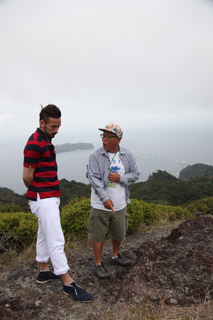 |
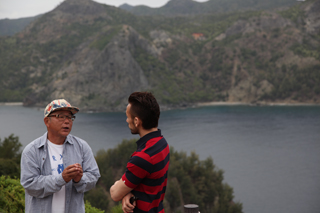 |
Culture that is Open to the New“Does that mean that cultural history was lost?” Nakata asks. “Yes, unfortunately,” answers Miyakawa. “A long time ago, this was an intersection for the South Pacific, thus creating a unique culture of its own. Its influence is declining, but it has been slowly remerging in the last 20 years.” |
Deep converstaions while walking in natureOgasawara islands are often referred to as the Galapagos of the East. |
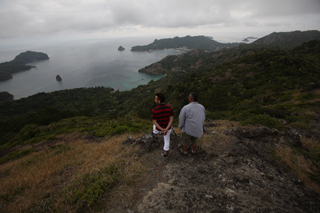 |
ACCESS
- Ogasawara Nature Observation Instructor Liaison Office Ogiura beach Chichijima Ogasawara mura Tokyo
- Ogiura beach Chichijima Ogasawara Tokyo
 Discovering Japan [Nihon] through authentic craftsmanship [Honmono]
Discovering Japan [Nihon] through authentic craftsmanship [Honmono]